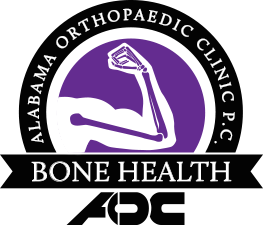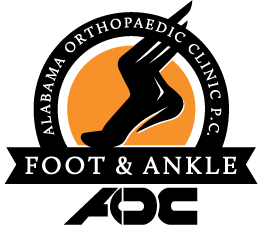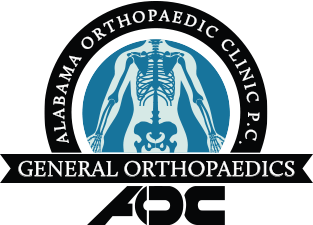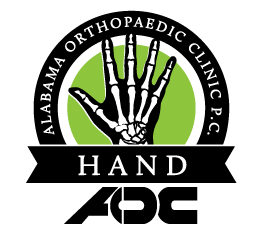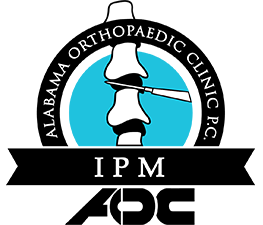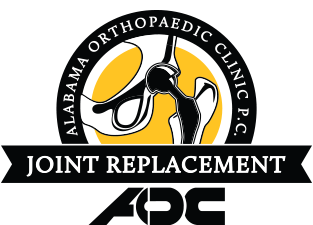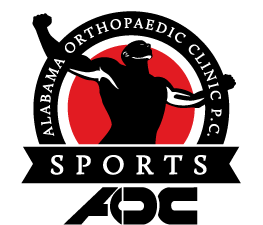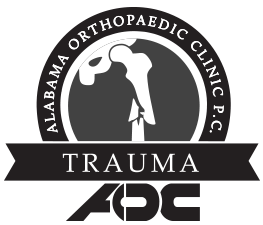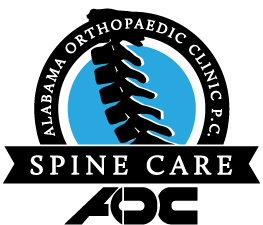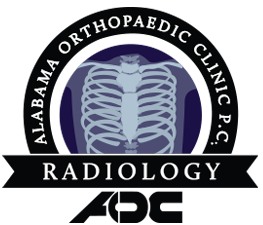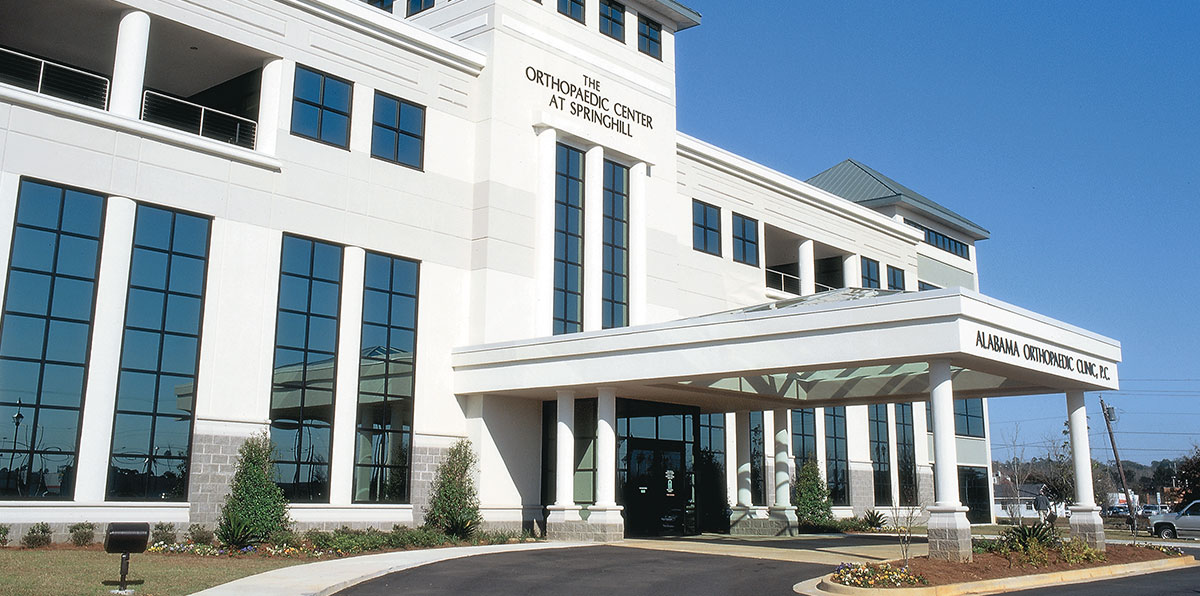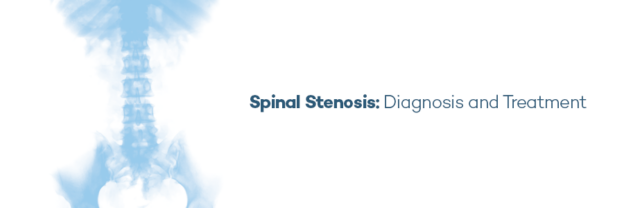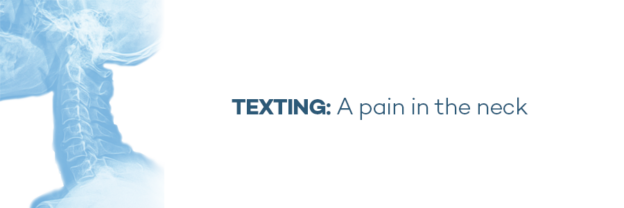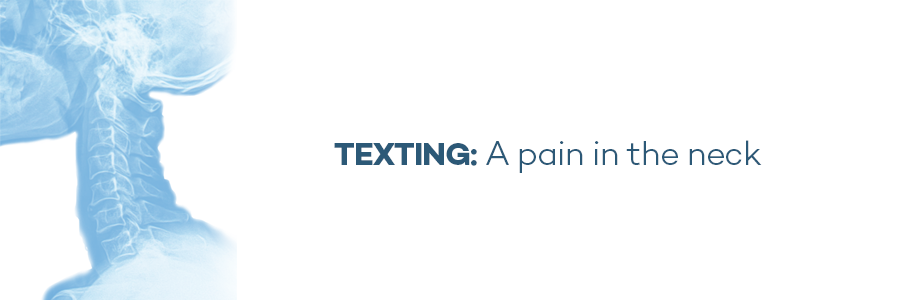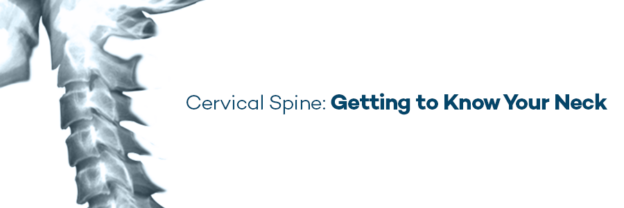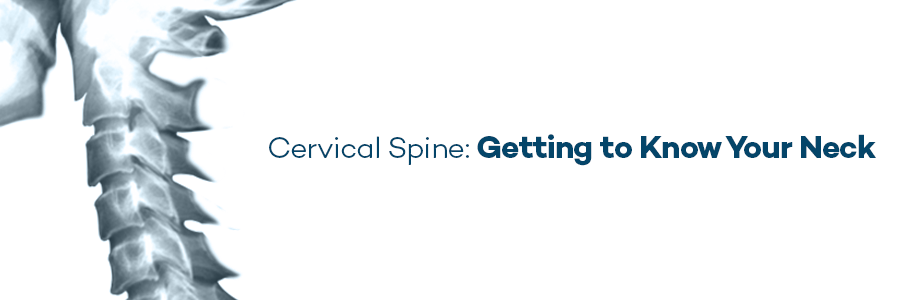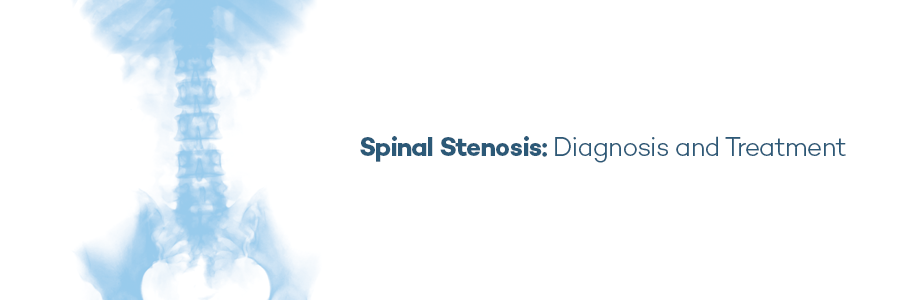
Our spine is made up of 33 bones. These bones and the discs between them are the passage for the spinal cord and nerves. The spinal cord connects the nerves of the body to the brain. But when the passageway starts to narrow, a condition called Spinal Stenosis can occur.
Stenosis can affect any part of the spine, thus narrowed area in the bones of the neck is called cervical stenosis and in the lower back is called lumbar stenosis.
When there is pressure on nerves inside the narrowed spinal canal, pain in the legs and low back can occur especially when walking. Pain may improve when leaning forward and bent at the waist like leaning over a shopping cart or a cane.
Due to the fact that stenosis may pinch the nerves that control muscle power and sensation in the legs, symptoms need to be observed as:
– Frequent falling, clumsiness
– Pain and difficulty when walking
– Numbness, tingling, hot or cold feelings in the legs
When non-surgical treatment is no longer an option, the fellowship trained, board-certified AOC Spine Team of Dr. Donahoe and Dr. Revels are skilled specialists who understand the dynamics of the spine and the importance of giving their patients an excellent quality of life.
Laminectomy, one procedure that is used by the Spine Team, actually creates space by removing the back part of the vertebra that covers your spinal canal. Also known to some as decompression surgery, laminectomy enlarges your spinal canal to relieve the pressure on the spinal cord or nerves.
Practicing good spinal and joint health is key to reducing back problems. However, due to genetics, poor posture, degenerative disc disease, age and diseases like arthritis, sometimes problems just can’t be avoided.
The Spine Team at AOC is here for your questions and health care needs. Just call 251-410-3600 or visit our website at www.alortho.com















